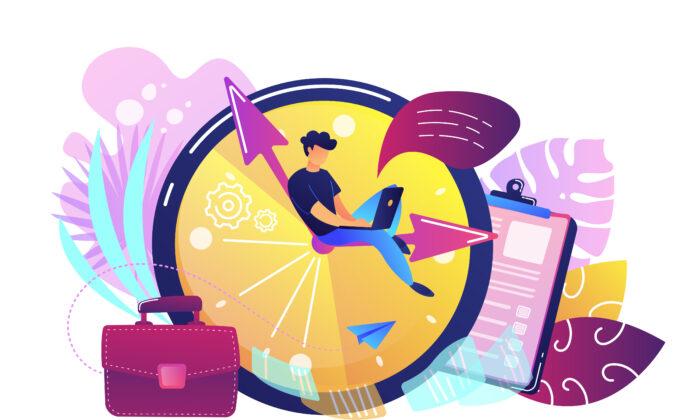As the saying goes, “Nothing changes if nothing changes.” After all, if nothing changes, we stay neutral. And, that’s a problem.
Growth becomes stagnant. It’s impossible for us to evolve. We don’t improve for the better.
Cultivate Your Innovative Traits
“Like creativity, there’s a belief that innovative people are just born that way,” writes Anisa Purbasari Horton for Fast Company. But, that’s not exactly true.Almost everybody [has] innovative traits,” Victor Poirier, a professor at the Institute of Advanced Discovery & Innovation at the University of South Florida told Fast Company. “Some people use them, some people don’t. [I did this research] to make people aware of what traits people do have, wake up dormant traits that they don’t even know they have, and prove the utilization of those traits.”
As listed in Poirier’s research paper, these traits include being able to think abstractly and having a broad and deep understanding of the subject. He also cites curiosity, openness to risk, grit, and dissatisfaction with the status quo.
To become more innovative, Poirier believes that cultivating the traits that already exist in a specific individual can help. In order to teach individuals how to do this, Porier is currently testing and developing different methods.
Use Both Sides of Your Brain
Research has debunked the myth that being either “left-brained” or “right-brained.” Specifically, the belief right-brained people are more creative while left-brained people are more analytical. In reality, using both sides of your brain sparks true creativity comes from using both sides of your brain.For an imagination to flourish, it needs to be both logical and rational. While, at the same time being unique, thoughtful, and inventive. In fact, Roger Sperry developed his split-brain hypothesis all the way back in the 1960s.
Why does creativity require a whole-brained approach? Because, lateral thinking, aka “thinking outside of the box” is a requirement. Doing so will help you overcome challenges and uncover new solutions to problems.
How can you build your whole brain? Use your non-dominant hand when doing activities like juggling or origami. Or, use your non-dominant hand when brushing your teeth.
Surround Yourself With Inspiration
Wheter if it’s going for a walk or plastering photos or inspirational quotes on your wall, proudly display items that turn your innovative light on. And, the provocative, the better.Develop a Thirst for Knowledge
You’ll be more innovative if you have a lifelong thirst for knowledge. And, to make sure that you’re plenty thirsty, make sure that you’re constantly exposing your mind to new ideas and information. You should also question everything and be willing to listen to different perspectives.Also, cultivate vertical knowledge, which means you’re knowledgeable in a particular area. But, also don’t neglect deep horizontal knowledge. This is where you have a decent amount of knowledge in a variety of areas.

Get a Buddy
Rarely does innovation occur by itself. Identify an accountability partner with whom you feel comfortable, such as a colleague or friend. But, you also must make yourself accountable to them as well.Explain Things Back to Yourself
Let’s say that you just finished a book. Explain what you read to either yourself or another person. The reason is that this allows you to expand on it, as well as reshape it in your own voice.Flip Your Assumptions
Take stock of all of the tasks that you do while on autopilot. Yes, even the most mundane and tedious tasks. After you’ve identified these tasks, consider ways to do them differently—refer back to “mirror writing.”Take Risks
If you want to be innovative then you must take risks. Although it can be scary, you’ll have to take some risks in your everyday life if you want to become more innovative.Occasionally, it will work out and you’ll come up easily with a new solution. In many cases, however, things don’t quite work out as you thought they would, so you’ll need to try again.
“Don’t let the fear of failure become an obstacle,” says Richard Branson. “You can create your own luck by opening the door to change, progression and success.”
According to Branson, the most successful businesses found success because they took risks. But, this concept applies to all aspects of life. Whether if it’s running your own company, developing a solution to the single-use plastics problem, or trying to stop forgetting your keys when you leave the house.
Ban Things
Contrary to popular belief, constraints and parameters actually stimulate creativity. Mainly because they force you to think flexibly and creatively.To get started, ban a couple of things to see what the implications are. Examples would be banning certain words, resources, or default communication tools. Although there’s a good chance that you’ll end up selecting watered-down versions of your initial suggestions, this exercise will get the innovative wheels spinning.





